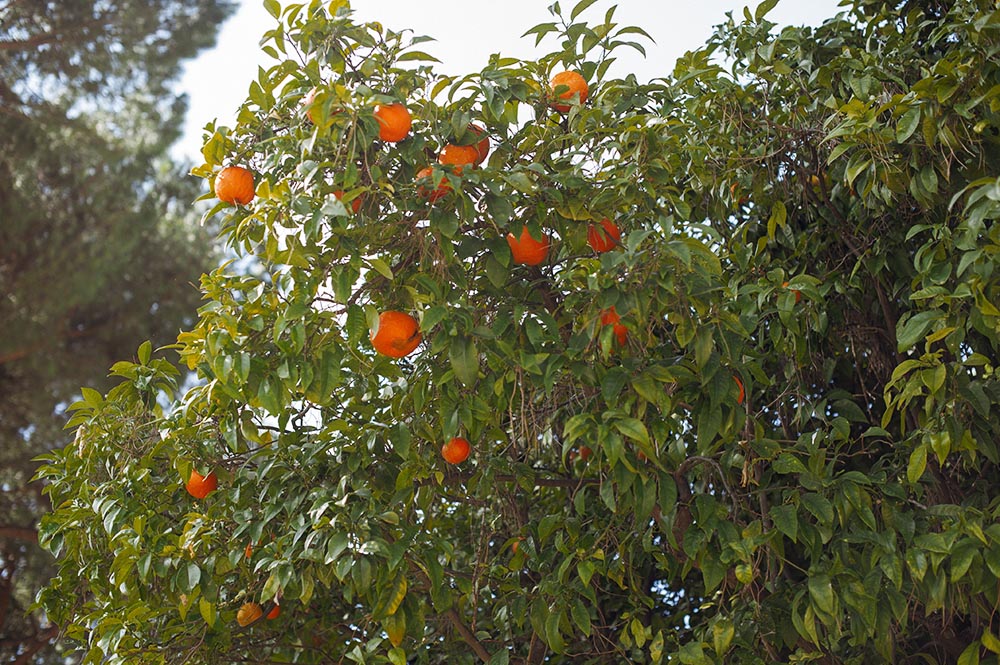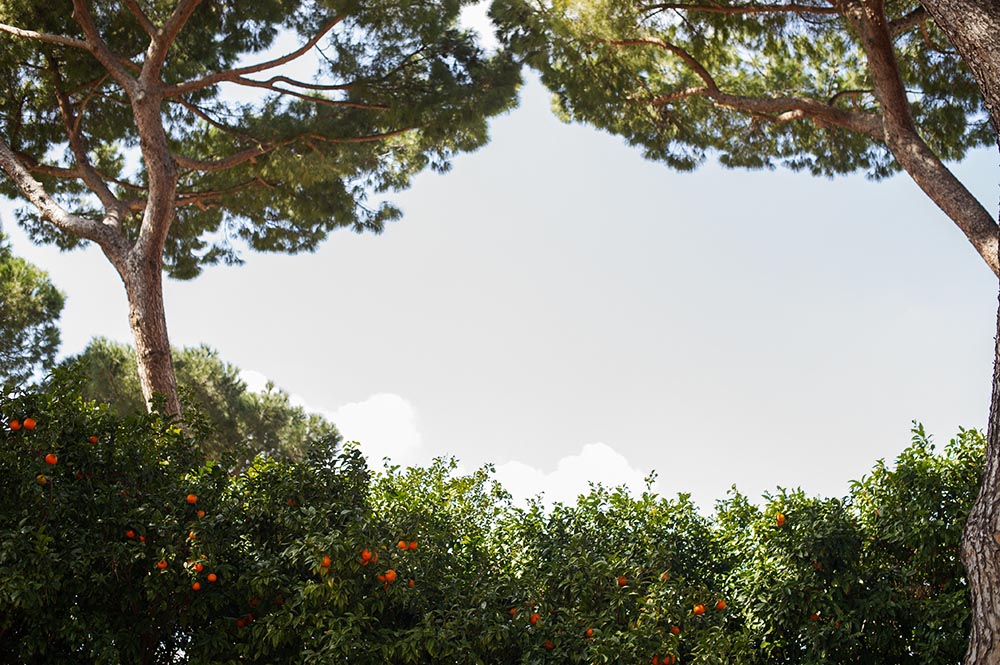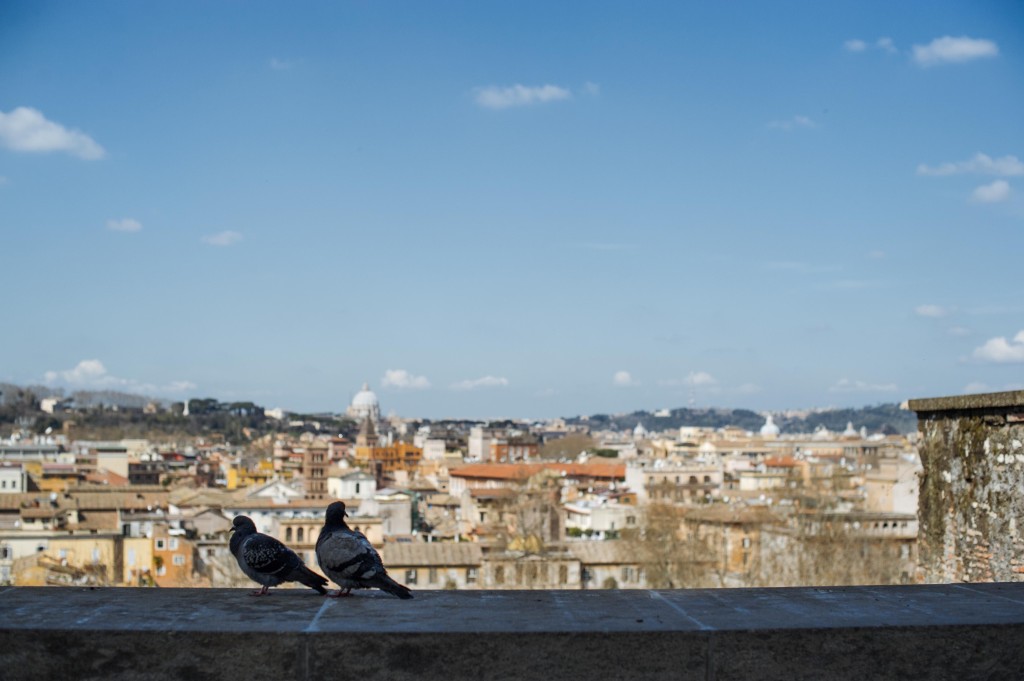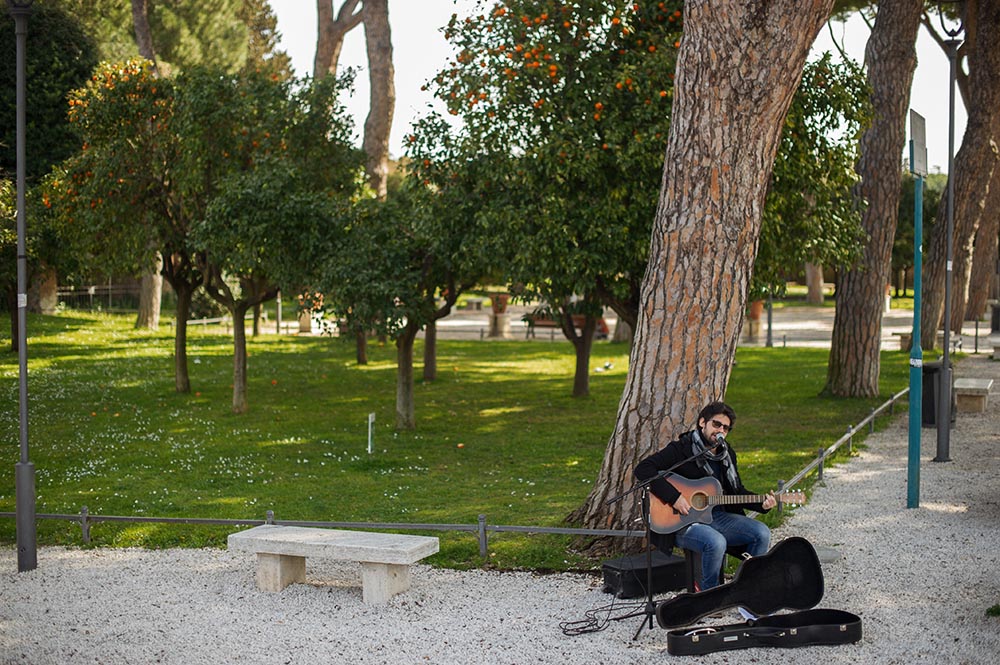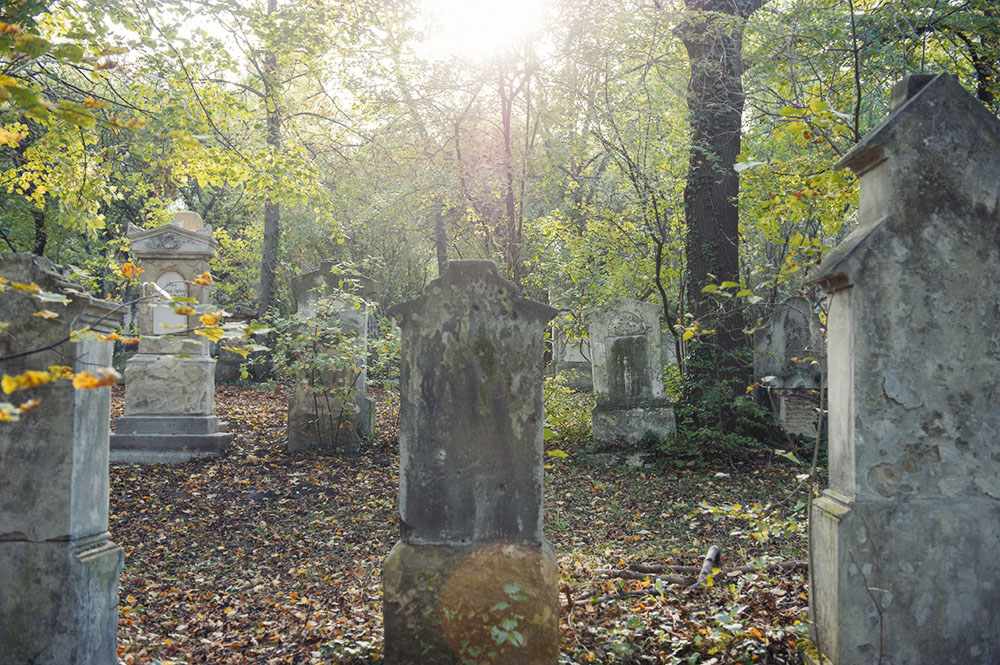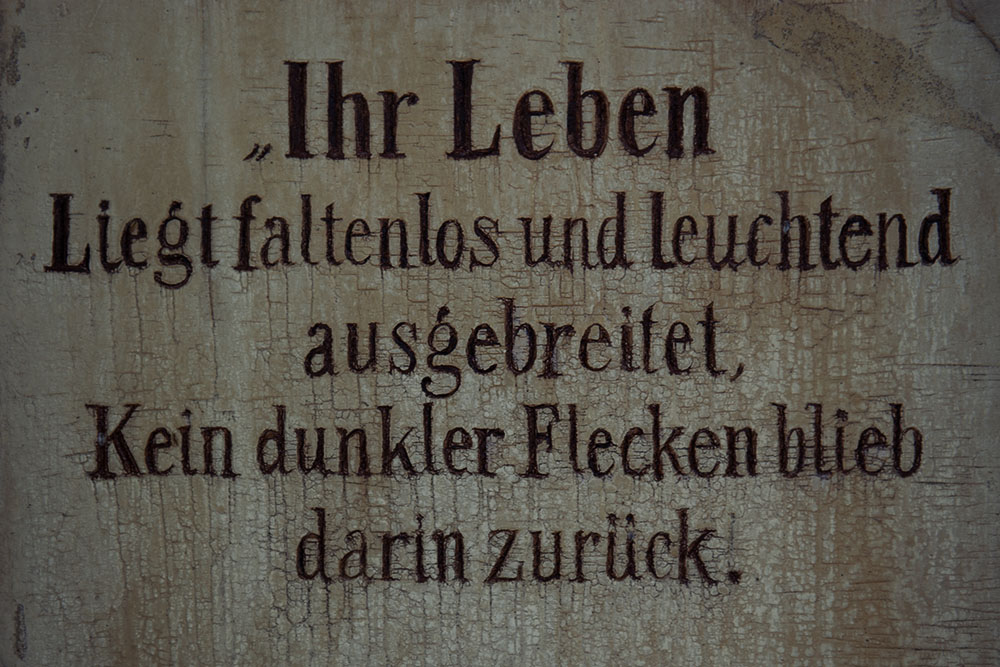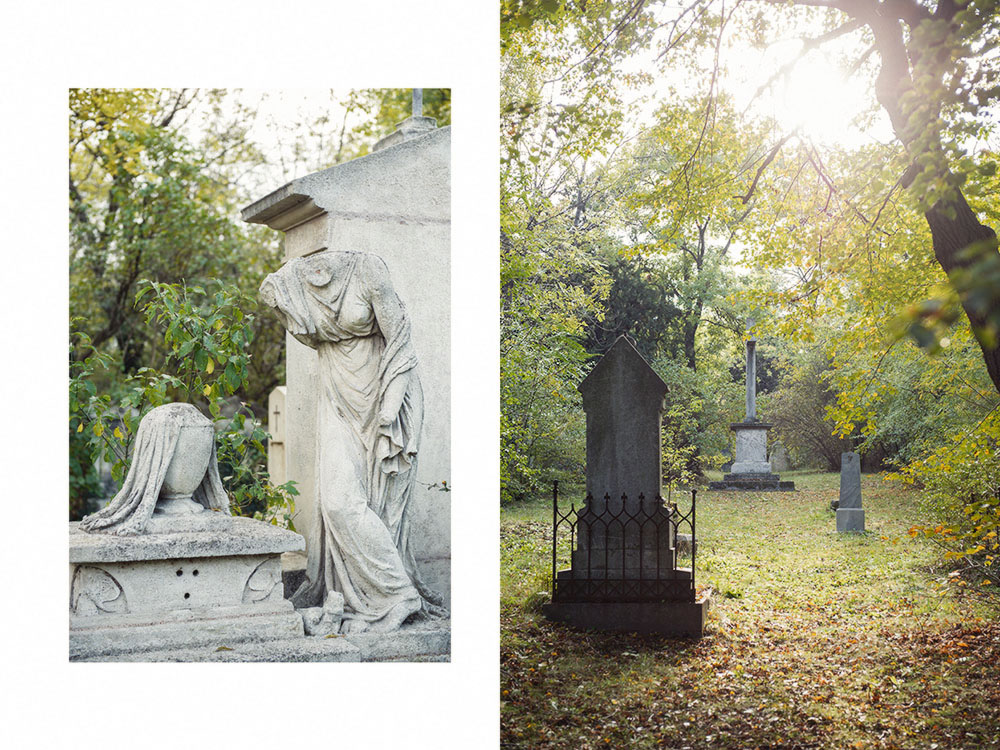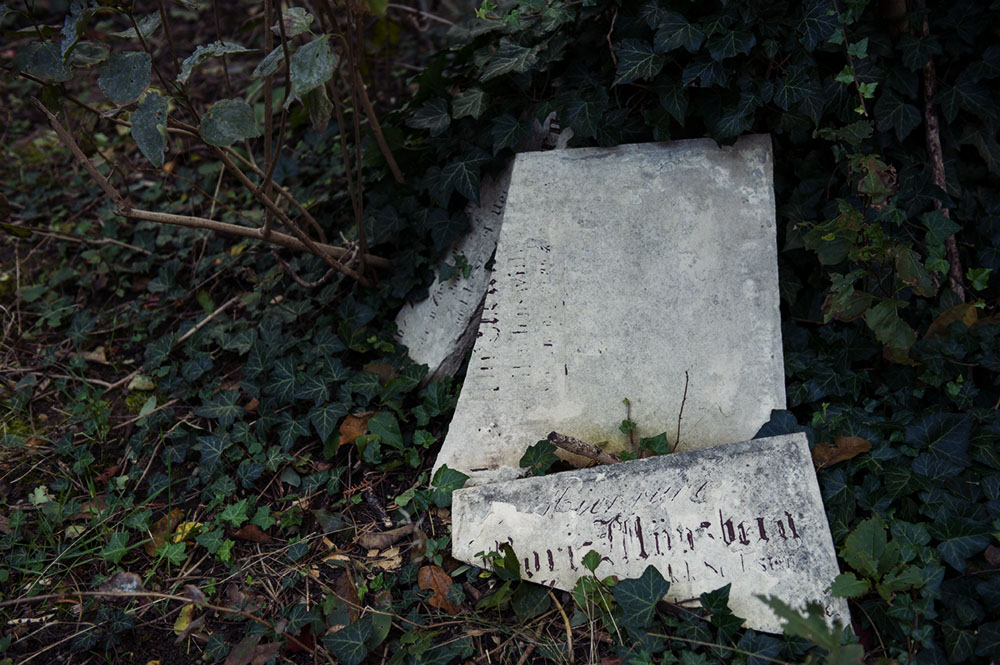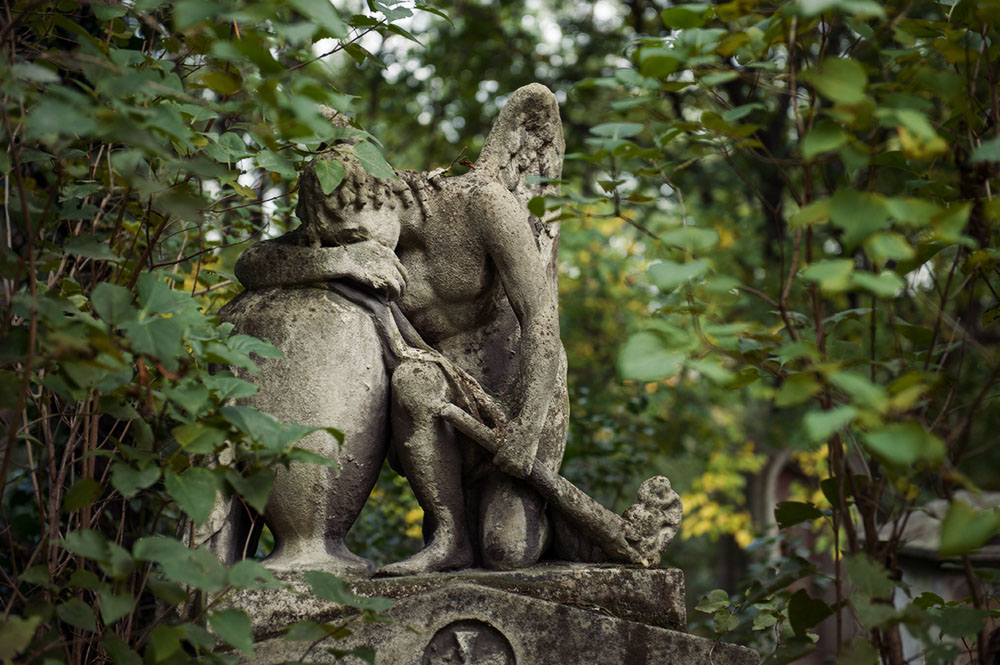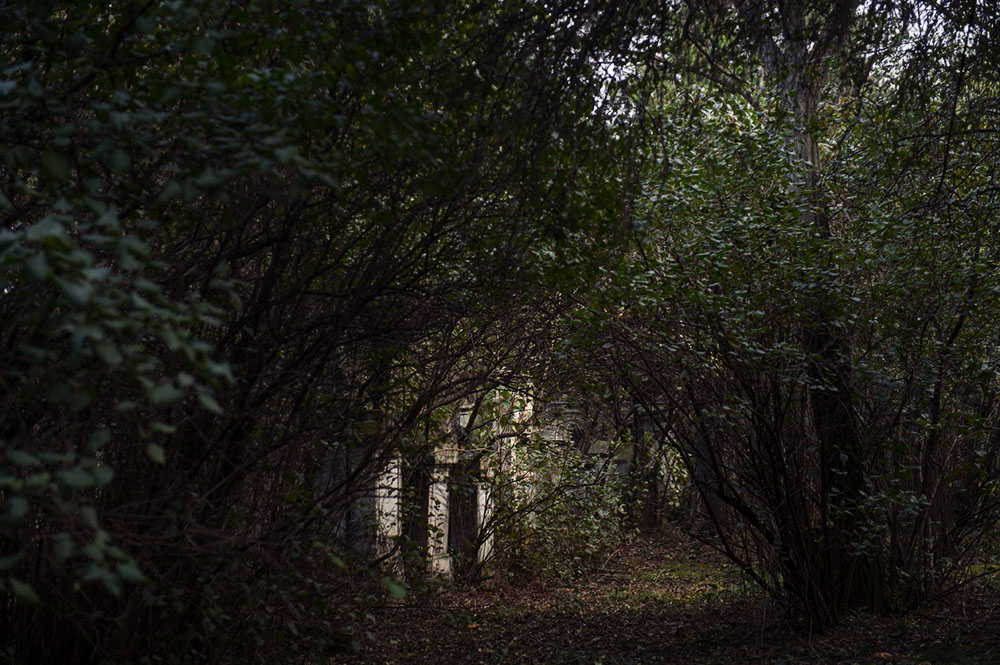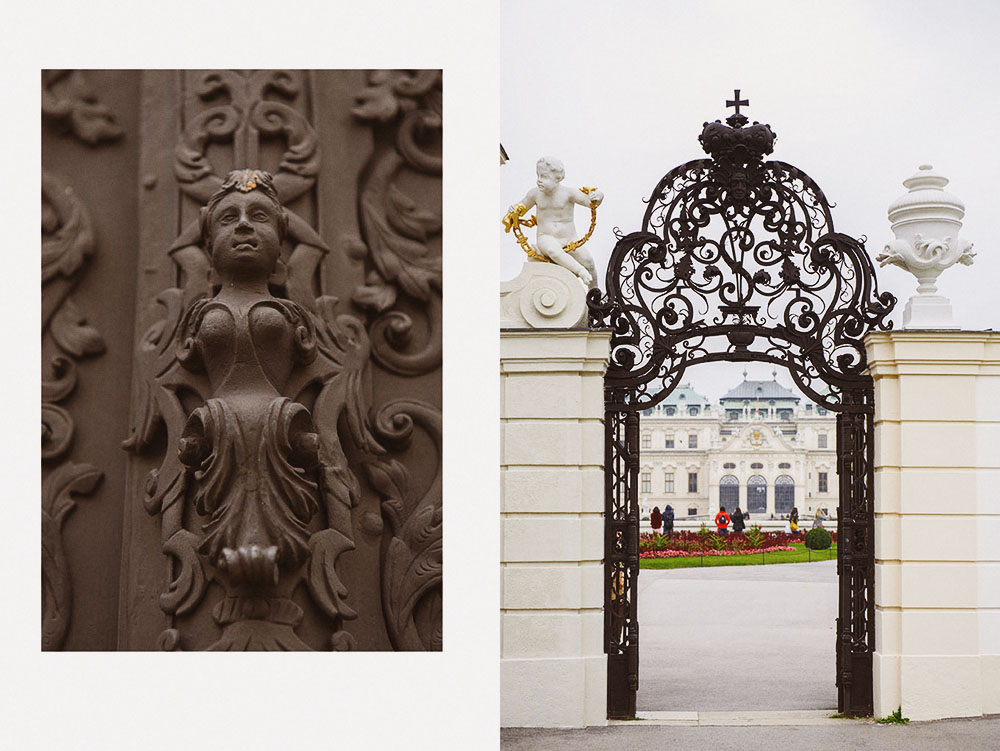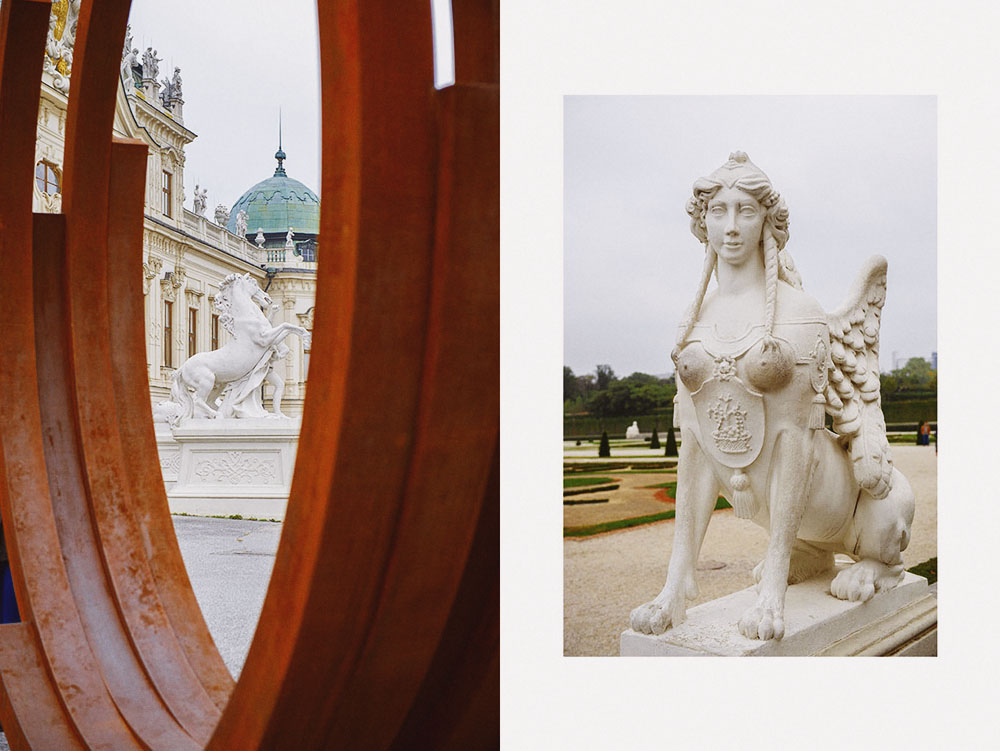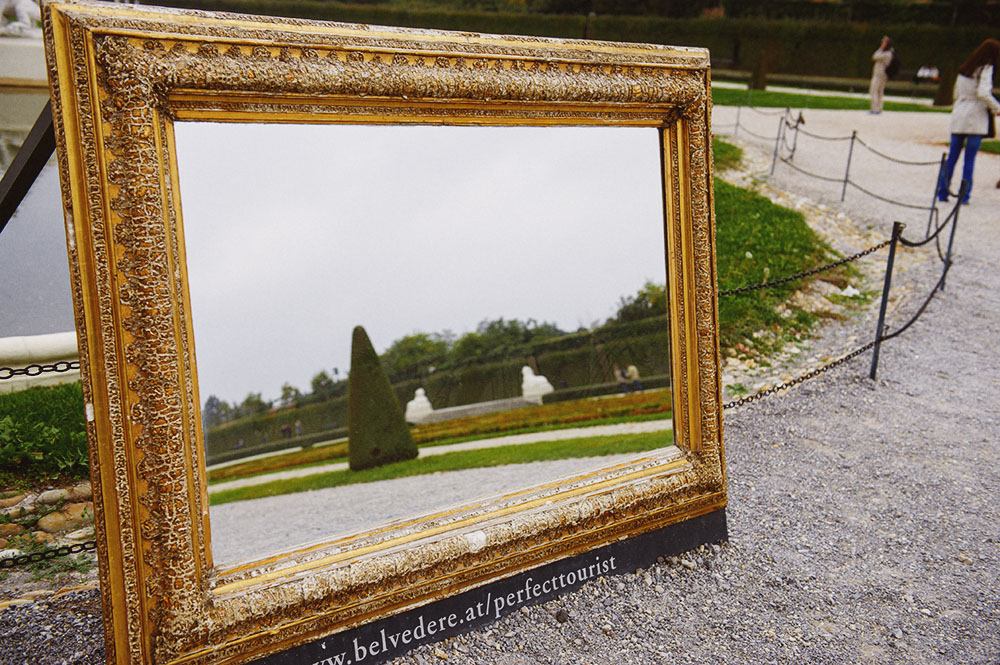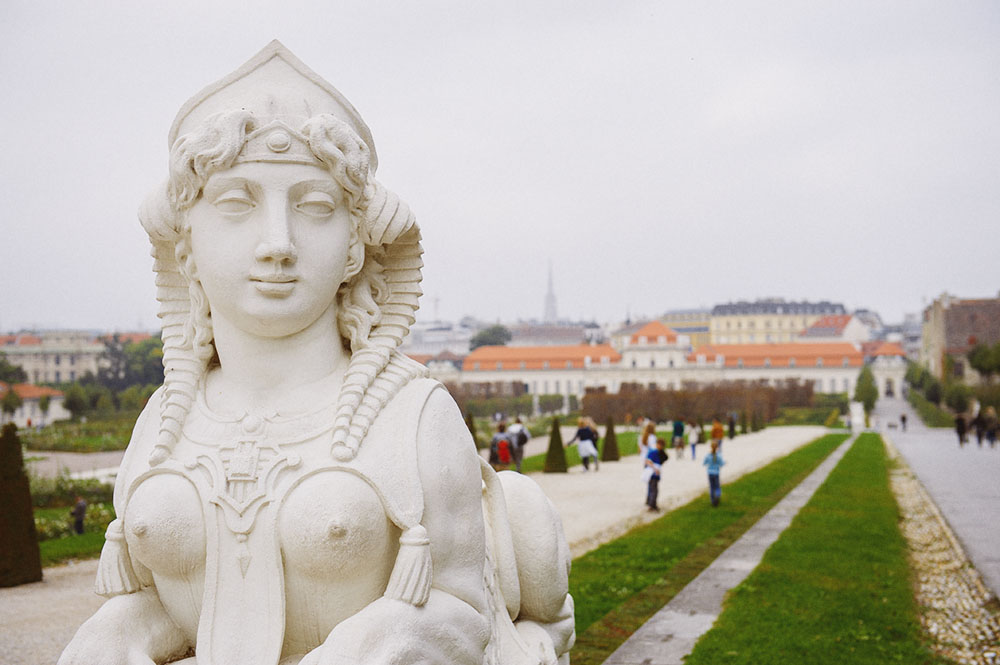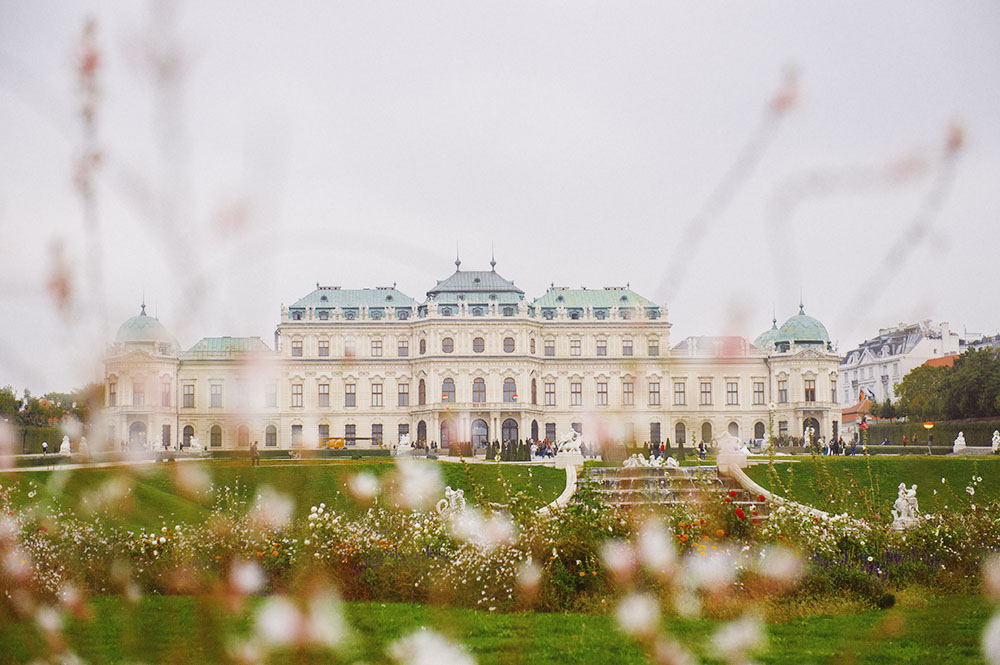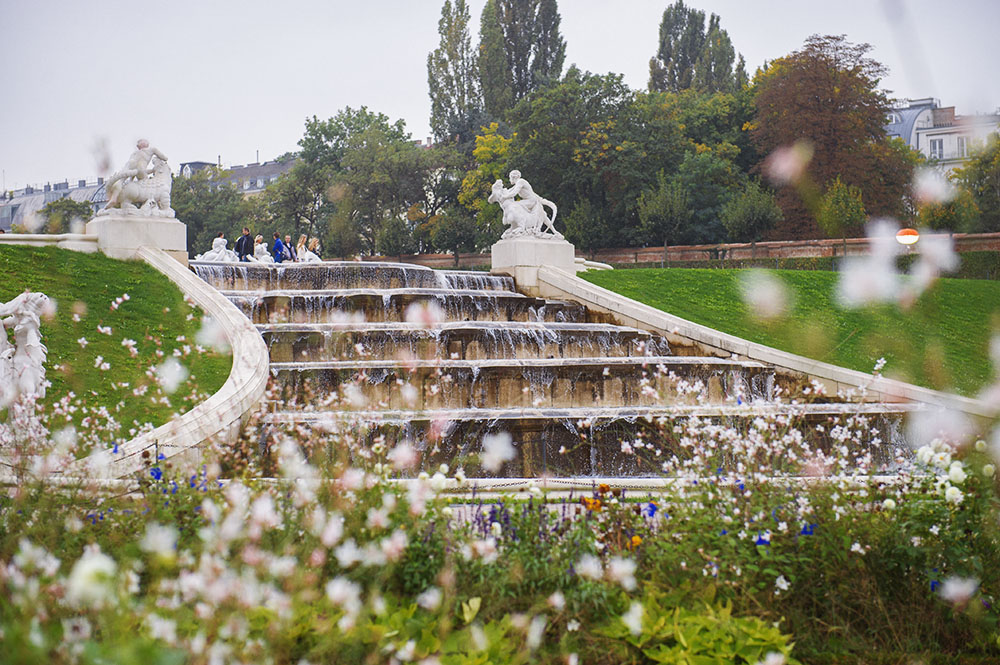one of the seven hills (ancient) Rome is built on. It offers not only a breathtaking view of Rome and the most spectacular keyhole but also a beautiful orange-garden next to Basilica di Santa Sabina all’Aventino. Parco Savello, yes it´s a park full of orange-trees!
Tag: park
-
Friedhof Sankt Marx
Let me take you to one of my favorite places in Vienna, the only still existing graveyard from the Biedermeier period in Europe: Cemetery St. Marx in Viennas third district. As soon as you enter the park you feel a certain kind of calmness and are at peace. It´s the perfect place to take a breath and give oneself a little time off, an isle of calm.
The cemetery was opened as one of five “communal graveyards” in 1784 following a decree by Emperor Joseph II that forbade further burials in cemeteries within the outer walls of the city of Vienna. At this time todays third district “Landstraße” was still only a small suburb.
Quite a few famous artist were buried at St. Marx, like architect Josef Kornhäusel, world traveller Ida Pfeiffer, floral artist Franz Xaver Gruber, the composers Franz Xaver Süssmayr, Joseph Strauss, Anton Diabelli and in 1791 after a funeral at St. Stephens Cathedral Wolfgang Amadeus Mozart.
Mozart was buried in a pauper´s grave, the exact location of his grave remained unknown for many years until 1855 when it is believed the grave was discovered. In 1859 Hanns Gasser built a monument there. This was later transferred to the group of honorary graves for musicians at Vienna´s Central Cemetery. A stone with Mozarts name was set on the empty space at St. Marx, later a “Mourning Genius”, a new stone tablet and a column were added.
When Vienna´s Central Cemetery opened in 1874 all the “communal graveyards” were closed. In the following decades the graveyard was more or less untouched and left alone, trees and bushes started to overgrow the stones. In 1922 it was decided to convert the five communal graveyards to parks – but some fighted for the conservation of St. Marx and the cemetery became a listed building. After some renovations the park was opened for the public in 1937.
Cemetery St. Marx has remained a public park until today – some years ago volunteers started again to renovate the gravestones and clear the area, it´s an ongoing project and I think they work very carefully and with lot of respect and love!
-
Belvedere Gardens
Some days ago I enjoyed a little stroll around Belvedere Gardens between the two baroque palaces in the third district. I especially like them in this time of the year and in the wintertime, when they are kind of “stripped” of their baroque boldness.

The Upper Belvedere seen from the entrance. During the Biedermeier period this pond was transformed into a skating rink in winter. In 1697 Prince Eugene purchased a sizable plot of land south of the Rennweg, the main road to Hungary. Plans for the Belvedere garden complex were drawn up immediately. He chose Johann Lukas von Hildebrandt as the chief architect for building his summer residence. Construtions for the Lower Belvedere started in 1715 and in 1717 for the upper palace. Until Maria Theresia bought the estate in 1752 it was known as the “Gardenpalais”.
In 1776 Maria Theresa and her son Joseph II moved the “k.u.k. Gemäldegalerie” (Imperial Picture Gallery) into the Belvedere to make it accessible to the general public. The gallery opend five years later as one of the first public museums of the world. But in 1891 it was transferred again to the newly built “Kunsthistorisches Museum” (Museums of Fine Art).
While in 1896 Franz Ferdinand remodeled the Upper Belvedere to use it as his residence, the “Modern Galery” opened in the Lower Belvedere in 1903, the first state collection in Austria that was exclusively dedicated to modern art.
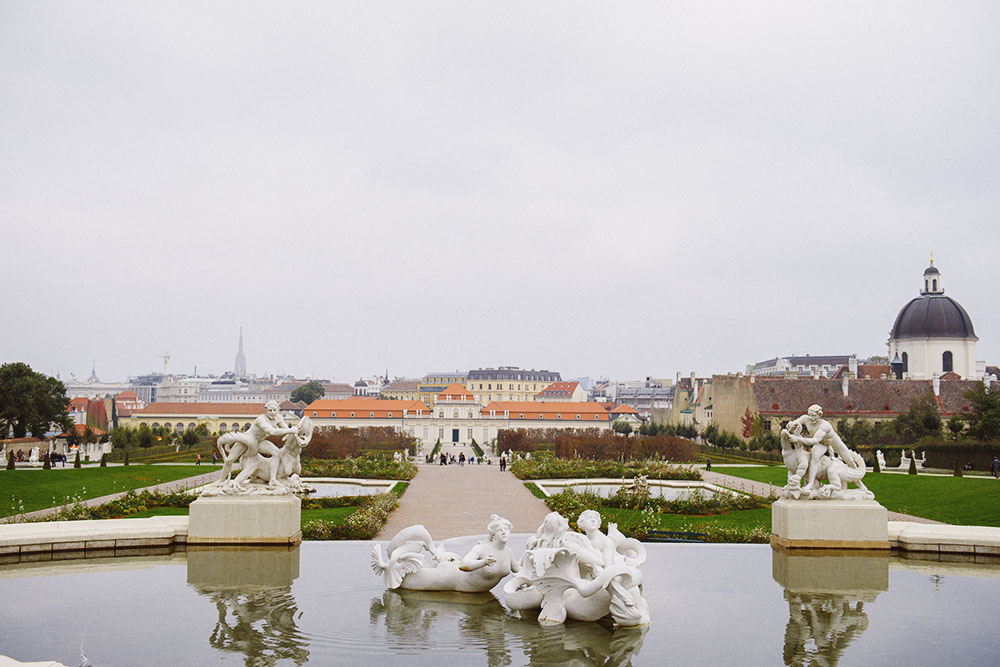
The Lower Belvedere seen from the gardens. After the end of the monarchy the palaces were left to the Staatsgalerie and they have remained to be museums until today. The Upper Belvedere houses the “Österreichische Galerie”, the Lower Belvedere and the Orangery have been specially adapted to stage special exhibitions quite recently.
In 1955 the Upper Belvedere hosted a very special moment for Austria: The signing of the Austrian State Treaty on Mai 15th, which re-established Austria as sovereign state.
